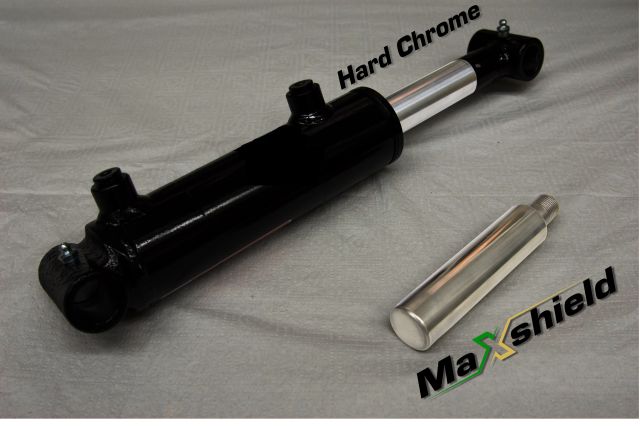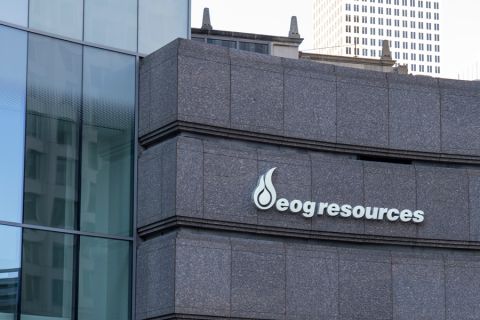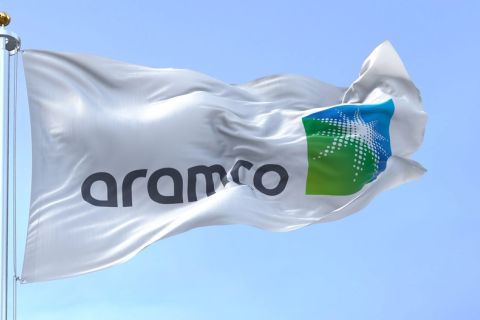
In this comparison, both hard chrome and MaxShield coatings are smooth and exhibit a silvery metallic color. (Source: Maxterial)
Learn more about Hart Energy Conferences
Get our latest conference schedules, updates and insights straight to your inbox.
Hard chrome has been used extensively for coating the surfaces of different parts (e.g., hydraulic shafts and cylinders, pump internals and housings, piston rods, compressor rods, mandrels, mud motors, valves, bushing, head pulley, nipples, plunger, spindles and rotating equipment). However, hard chrome is heavily regulated by environmental and safety agencies, such as the U.S. Environmental Protection Agency and Occupational Safety and Health Agency, as well as the EU regulation act called REACH. The reason behind this concern is due to a carcinogenic chemical known as hexavalent chromium, which is used in the process of making hard chrome. This has resulted in the potential banning of hard chrome in the near future, upon emergence of a reasonable replacement.
The industry has been searching for an alternative to hard chrome in wear-resistant coating applications for many years. A high-velocity oxygen fuel (HVOF) coating is the existing replacement for hard chrome in some applications. Other than high cost, an HVOF thermal spray coating exhibits some technical issues, such as poor adhesion (debonding) and poor corrosion performance due to porosity. Both hard chrome and HVOF lack ductility (less than 1%), which causes coatings to de-bond when the parts rotate or twist during drilling or oil exploration. There is still a huge demand for an economic replacement for hard chrome that can provide better corrosion resistance and bonding. Therefore, Maxterial has introduced a novel coating system called MaxShield.
Corrosion performance of MaxShield was evaluated by an accredited third-party laboratory per an ASTM B117 salt spray corrosion test. During this test, the coated steel sample is exposed to 5% sodium chloride mist, which simulates marine environments. In this test, the corrosion performance of hard chrome coating was compared with that of MaxShield’s coating through 5,000 hours (about seven months) of exposure to salt fog. The hard chrome coating failed around 400 hours with more than 10% of the area covered with rust, while MaxShield passed the 5,000-hour salt spray test with less than 0.03 % of the area covered with rust. Both hard chrome and MaxShield coatings tested were 75-µm thick. In fact, the corrosion performance of Maxshield is found to be similar or better than expensive special alloys, such as Hastelloy and Monel, used in the oil and gas industry.
As shown in the figure, both hard chrome and MaxShield coatings are smooth and exhibit a silvery metallic color. However, under an optical microscope, hard chrome deposits show many microcracks (500 to 1,500 microcracks/cm) while MaxShield’s coating is more compact, which is desirable for corrosion protection applications. HVOF thermal spray coatings have porosities in their structure (0.5% to 2%), which also reduces their corrosion resistance.
In selecting the right coating for the equipment, both corrosion and wear factors in the operating conditions must be considered. Wear resistance of MaxShield coatings were evaluated by accredited third-party laboratories using microhardness and coefficient of friction data. Vickers microhardness of 600 to 700 was measured for the MaxShield coating, which can be compared to microhardness of 800 to 1,000 for the hard chrome coating. However, heat exposure increases the microhardness of MaxShield up to 820 while reducing the microhardness of hard chrome to less than 750 HV. Coefficient of friction of MaxShield and hard chrome were measured per ASTM G99 specifications and found to be 0.1 for both coatings in lubricated conditions.
Two evaluations presented in this article show that MaxShield-coated steel offers almost the same corrosion resistance as Hastelloy with an added 3-times increase in hardness while being considerably less expensive. Several other standard evaluations were performed on the coating by accredited third-party laboratories. These evaluations show that the MaxShield coating is an economic replacement for regulated hard chrome coating with much better corrosion resistance and bonding (to steel) as well as moderate wear resistance. These evaluations introduce MaxShield as a potential candidate for many oil and gas applications. Maxterial is interested in building long-lasting partnerships with different players in the oil and gas industry to start testing MaxShield in the real environment.
Recommended Reading
EOG Resources Wildcatting Veteran Billy Helms to Retire
2024-04-02 - Joining an EOG Resources predecessor in 1981, Helms is among the pre-1986-oil-bust generation who later found success in shale.
Marathon Petroleum Sets 2024 Capex at $1.25 Billion
2024-01-30 - Marathon Petroleum Corp. eyes standalone capex at $1.25 billion in 2024, down 10% compared to $1.4 billion in 2023 as it focuses on cost reduction and margin enhancement projects.
Aramco Reports Second Highest Net Income for 2023
2024-03-15 - The year-on-year decline was due to lower crude oil prices and volumes sold and lower refining and chemicals margins.
73-year Wildcatter Herbert Hunt, 95, Passes Away
2024-04-12 - Industry leader Herbert Hunt was instrumental in dual-lateral development, opening the North Sea to oil and gas development and discovering Libya’s Sarir Field.
Air Products Sees $15B Hydrogen, Energy Transition Project Backlog
2024-02-07 - Pennsylvania-headquartered Air Products has eight hydrogen projects underway and is targeting an IRR of more than 10%.





